The word ‘legend’ is overused these days but if there ever was one in Brunswick, it would have to be Harry Ivory.
Harry spanned the three main waves of settlement in Brunswick: the battler years of the Depression and War, the post-War immigration period and then the gentrification from the 1980s. He was embraced by, and embraced, the people of all these demographic waves.
Ivory Way in Brunswick East is named after him.
Harry the Trainer
He grew up in the tough times of Depression and war. His father, William Henry Ivory, was a timber worker, and his mother, Florence, a house-keeper.
Few people knew that Harry’s first name was Henry, presumably named after his father. In the 1930s, the family lived at 108 Victoria Street, Brunswick but, after marrying Jessie Waterhouse in 1935, Harry and his wife set up home at 32 Hickford Street, Brunswick East. Harry lived in that house until his death in 2004.
This was the generation of Brunswick ‘battlers’. Harry worked in the rubber industry. His start as a boxer came about around 1930 when he was involved in a fight at a tram stop. In a brief interview on Youtube, he explains how he took on ‘six blokes’. Someone watching the melee suggested that he do a bit of training with Melbourne’s premier trainer, “Mr. Negus”. The Negus’ family were Brunswick locals and four of the Negus boys were boxers. Mr. Negus is probably Billy Negus, himself a respected fighter.
Harry’s commitment to his training inspired younger brother, Billy Ivory, to take up boxing. Billy was the more successful of the two in the ring and, at the time of writing this article, had just celebrated his 99th birthday in Bunbury, Western Australia.
Harry had many amateur fights in the days when desperate young men during the Depression relied on coins thrown into the ring. However, he also had six professional fights, debuting in 1932 with a TKO win at Fitzroy Stadium. He retired as a professional in 1937, with a record of two wins, one draw and three losses. His final match was at West Melbourne Stadium, later to become Festival Hall.
Harry’s main talent was as a trainer. He trained countless boxers over a period of six decades and, at times, they dominated the card at Festival Hall.
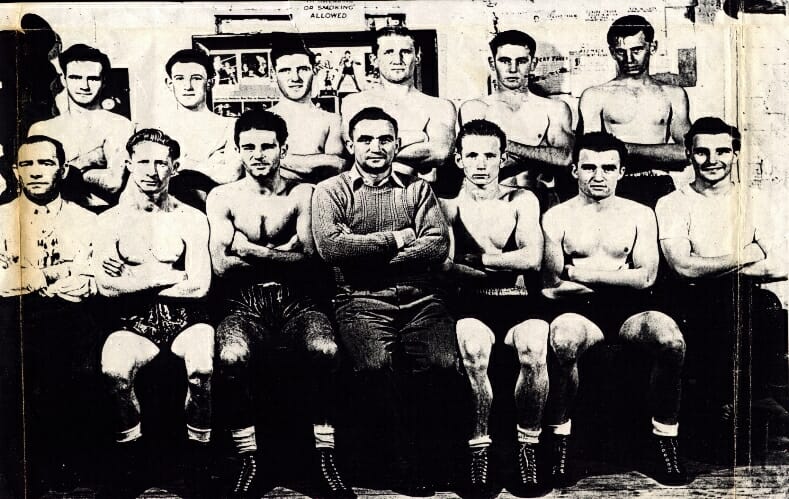

Harry’s fighters. Top Row: 2nd from left Doug McKoy, 4th from left, Reg Mack (Ray Holmes), at end Al Green Front Row: Spud Murphy, Ron Wilson (Ronald Thorneycroft), In Middle Harry Ivory, Brian McKoy and at end Mick Sheehan. Source: boxrec.com
Embracing the newcomers
He lived through remarkably changing times in Brunswick. After the War, when thousands of newcomers arrived within a short period of time, many from Southern Europe, some of the old Australian-born Brunswegians found it difficult to adjust. However, anecdotal evidence suggests that Harry had no problem embracing the newcomers. His Greek neighbours in Brunswick spoke highly of him and he encouraged their young sons to keep fit and pursue goals in life.
As a trainer in a sport requiring great self-discipline, he looked to the ‘quality of the character’ rather than the ethnicity or background of the individual. He also helped young blokes who had ended up in dead-ends in life.
After his passing in 2004, the ‘Moreland Leader’ ran a front page tribute, quoting one such young man who said, “He didn’t just teach people how to box and to defend themselves but was inspirational through his actions, words and great insight about life”.
Embracing the change within
If the changes brought about by the post-War immigrants had been challenging to some old-timers, the gentrification of Brunswick required additional adjustment. Unlike the Southern European migrants who were mostly low-income working-class people – battlers like Harry’s generation – the new arrivals were mostly professionals: lawyers, doctors, academics, administrators and teachers. They brought a new sensibility to Brunswick and a self-consciousness of Brunswick’s rich multicultural working class heritage.
In some ways, Harry was ahead of the changes. In 1972, he had introduced water aerobic exercises at the Brunswick Baths. He may have been the first person to do so in Australia. Then, later, came ‘boxercise’ classes, for women as well as men, with boxing training no longer so much needed for self-defense but almost exclusively for fitness.
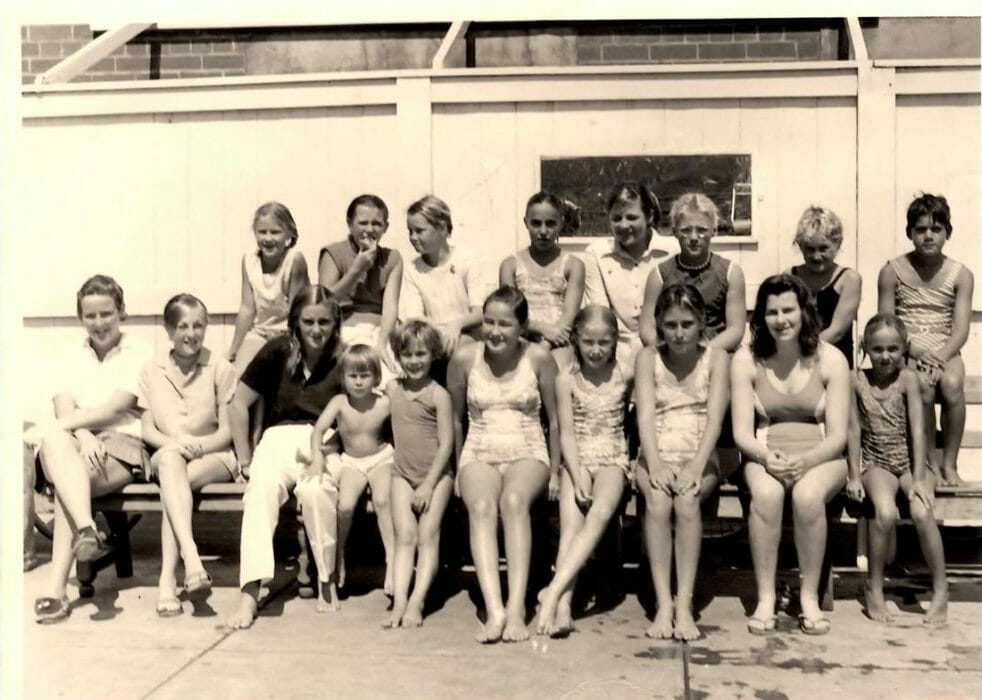

Brunswick Bath’s swimming club 1971. Source: I Grew Up In Pascoe Vale in the 50’s 60’s and 70’s (Facebook group)
Harry was greatly appreciated by the patrons and staff at the Brunswick Baths, and had an association with the Baths from the time of their inception in 1928. He was still there, aged 89, training people, a few weeks prior to his hospitalization and passing in August 2004.
Hickford Street
Harry’s house in Hickford Street was well known because of the ornaments in the front garden. He started collecting them in the early 1990s and ended up with about 60 gnomes, plus a bird bath, miniature boxing ring, little windmills, and a fish pond. Passers-by would drop off knick-knacks for him to add to the collection. He was devastated when, in May 2003, vandals damaged the collection. It was a sad time for him, as he had battled cancer and been diagnosed with Parkinson’s Disease.
When his house was put on the market after his death, the Real Estate company advertised it as “former boxer/trainer and local identity Harry Ivory’s home”.

Harry Ivory house 32 Hickford Street Brunswick East. Source: Author
A South Paw at Harry’s gym
I remember Harry’s boxing gym well, as I attended it for about 18 months when I was a young bloke, in the early 1960s, perhaps aged 12 to 14. My parents wanted me to learn how to defend myself. It was necessary in Brunswick back then, I suppose, especially for a young fellow.
You had to enter the gym by going down a small bluestone lane off Brunswick Road. You’d come to a small wooden door in a building that faced onto Lygon Street, Brunswick, and then enter and go up a narrow dimly lit flight of stairs. As you climbed the steps, you’d hear the punches and smell the perspiration.
The gym itself was like something out of a film noir set: a boxing ring, punching bags, large framed portraits of the great international legendary boxers on the walls, the smell of sweat and perhaps a little spilt blood too. It was located above an old pickled onion factory. You could hear the floorboards creak when blokes were sparring.
I still remember my first day at the gym. Harry was impressed with my height and he commented on my disproportionately long arms. He asked me to throw a punch in his direction and when I led with my left, he exclaimed, “You’re a mollydooker!”. I had no idea what that meant but it turned out to mean I was a South Paw.
Harry was enthusiastic and told me that if I trained hard I could end up on Junior Golden Gloves (or maybe it was Junior TV Ringside?), as my long reach and leading naturally with my left were an advantage.
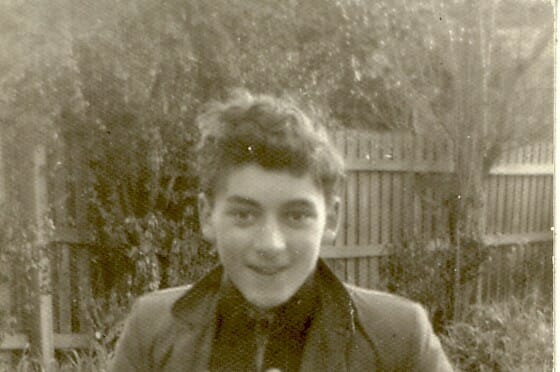

Barry York (author) aged 13 when he went to Harry’s. Source: author.
As for me, I found the training a bit too hard and lacked the necessary instinct to win. I didn’t want to hurt anyone – and I certainly didn’t want to be hurt. Also, because of my height, I sometimes ended up sparring with blokes who were my height but a couple of years older than me. Basically, I found it scary.
I have very fond memories of Harry Ivory. He was a respected trainer, a gentleman, and a mentor to many.
_______________________________________________________
Brunswick Daily is keen to learn more about Harry Ivory. Please send in your memories by commenting below.
Special thanks to Denise Burton for her help with Ancestry research.

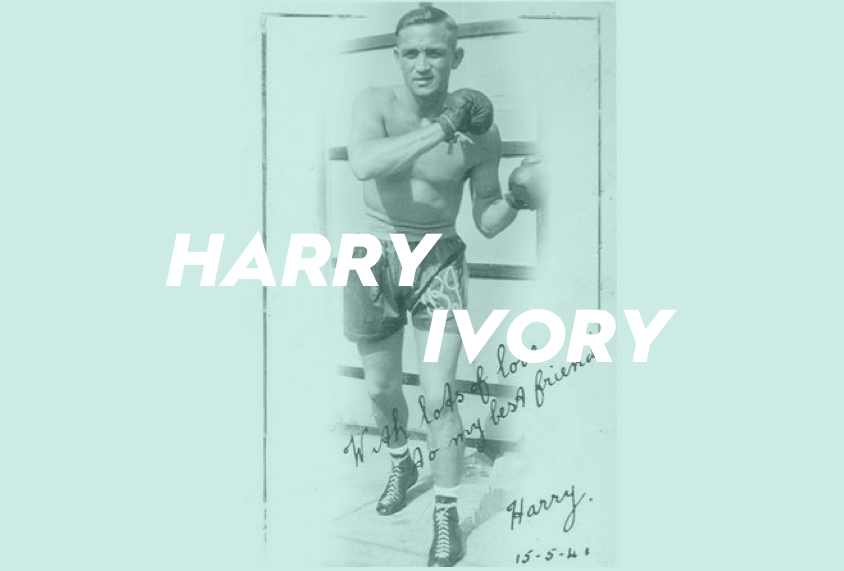
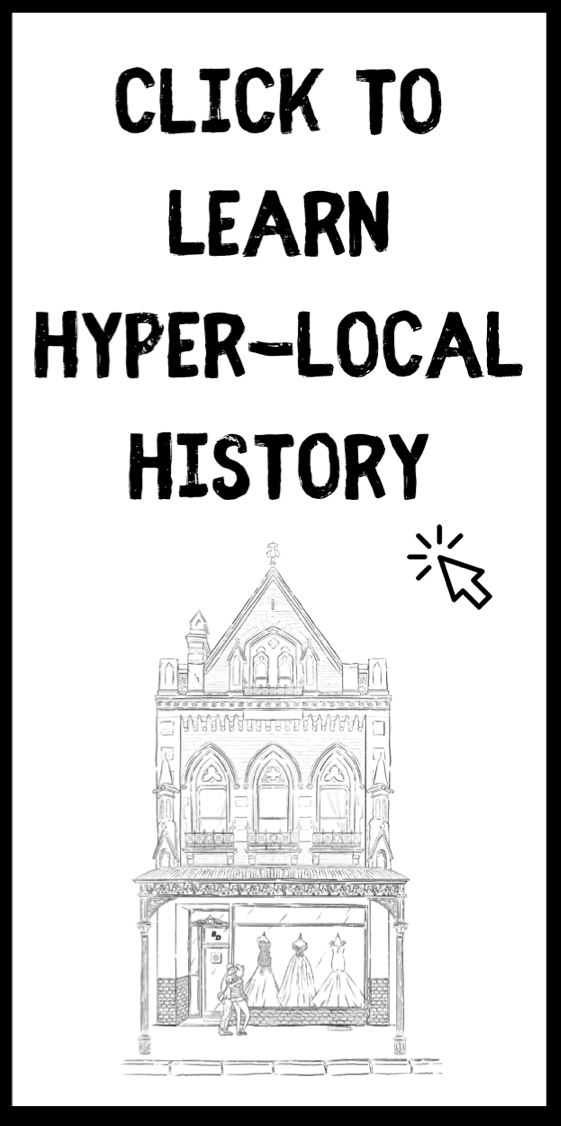
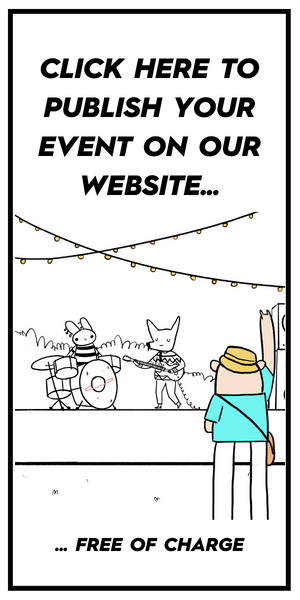
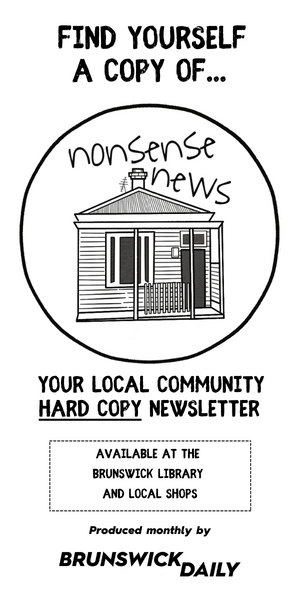
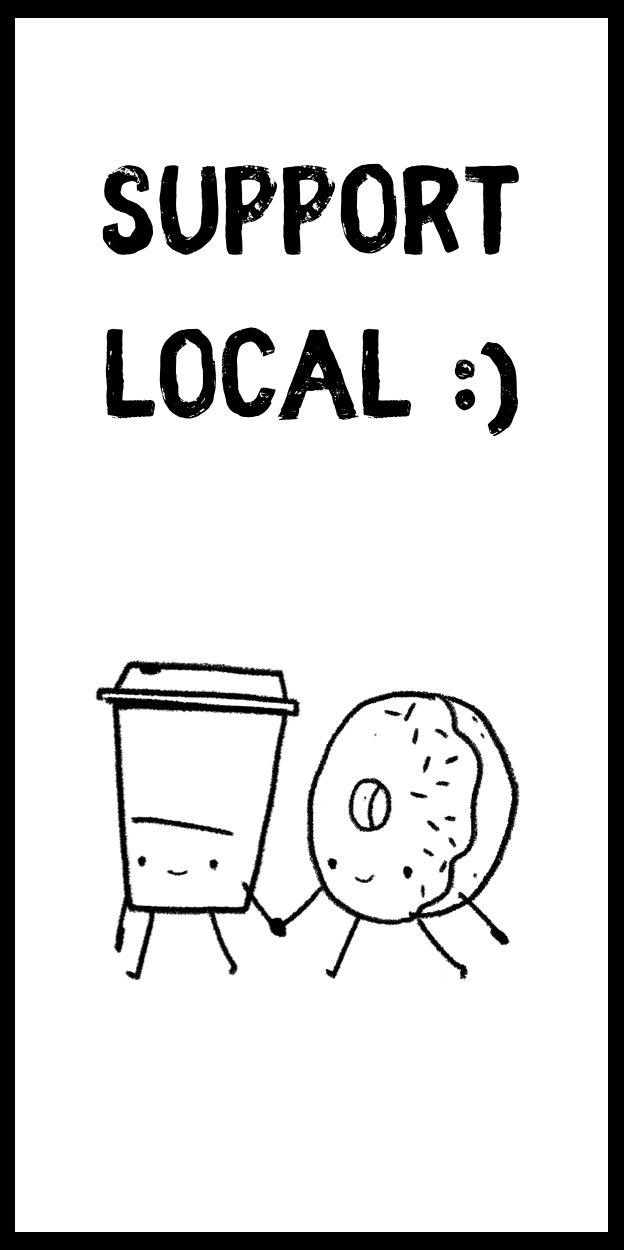
My Dad – Antonio Luigi Trimboli – boxed as Tony Zale in the late 1950s early 60s at Harry Ivory’s gym in Brunswick – he always said Harry was the best coach and he enjoyed training with his mates at Harry’s gym. https://boxrec.com/media/index.php/Tony_Zale_(Australian)
Thanks for sharing Joseph 🙂 We’d be happy to publish your dad’s story if you’d like to share it with the community! Drop us an email to: [email protected] if interested
I remember Harry from the Brunswick Baths. Had many chats with him at different times druring late 80s/90s untill his passing. We would sit in the sun during those times. He had a special tanning oil he made and gave it away. Very pleasant and gave helpful hints. He trained members at the Brunswick Baths. He trained my cousin Young Nazzer who was a boxer in the 60’s, I discovered during one of our convesations.
Thanks for sharing, Angie 🙂